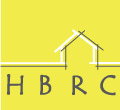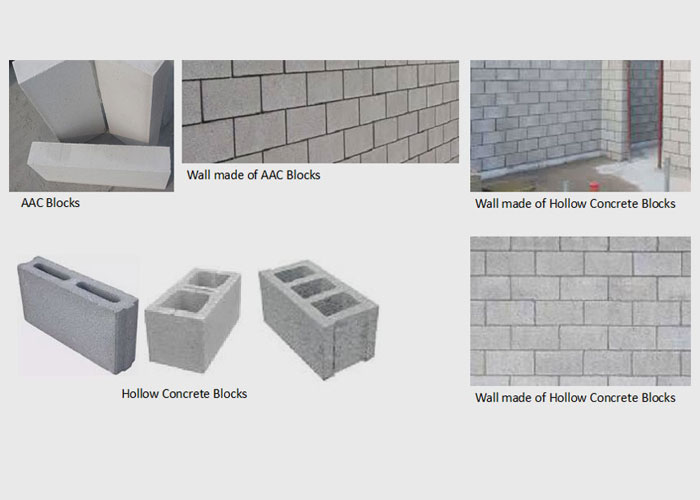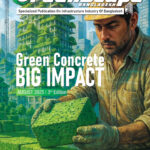Bangladesh is severe land scarce country having per capita cultivable land is only 12 decimals. After that Bangladesh is losing 1% agricultural land annually mainly because of unplanned rural settlements and production of clay burn bricks using fertile top soil. Such high rate of land loss will not only hamper agricultural production but will have adverse impact on food security. Moreover, production of bricks destroying forest by burning wood as fuel. Annual brick production is over 25 billion against our national demand around 20 billion, emitting 20 million tons of carbon which is about 20% of countries total emission. Study reveals that 58% of total pollution in Dhaka is due to over 1200 brick kilns in and around the city during the months of November to February and 1250 children dies every year only in the capital city. Government is moving positively towards phasing out of clay burn bricks by June 2025.
Click Here for Media Coverage link
Alternative Building Materials and Technology:
Building material is any material which is used for construction purposes. It may be naturally occurring substances, such as clay, rocks, sand, and wood or man-made products such as cement, steel, glass, aluminum etc.
Alternative building material is an alternative to traditional engineering construction materials such as Hollow Concrete Block, Autoclaved Aerated Concrete Block, Compressed Stabilized Earth Block, Thermal Block, Interlocking Block, Cellular Lightweight Concrete Block etc. Alternative materials offer both economic and environmental incentives.
Alternative technology is a term used to refer to technologies that are more environmentally friendly than the functionally equivalent technologies dominant in current practice. Alternative Building Technologies are Ferrocement, Sandwich Panel, 3D Panel, Particle board, Plastic wood etc.
Let us discuss Hollow Concrete Block and Autoclaved Aerated Concrete as alternative materials;
Hollow Concrete Block (HCB): A concrete block is one of several precast concrete products used in construction. Most concrete blocks have one or more hollow cavities, and their sides may be cast smooth or with a design. A concrete block is primarily used as a building material in the construction of walls. In use, blocks are stacked one at a time and held together with fresh concrete mortar to form the wall similar to conventional bricks.
Autoclaved Aerated Concrete (AAC): Autoclaved aerated concrete is a lightweight, precast, foam concrete building material suitable for producing concrete masonry unit (CMU) like blocks. Composed of quartz sand, calcined gypsum, lime, cement, water and aluminum powder, AAC products are cured under heat and pressure in an autoclave.
Advantages of Alternative Building Material over conventional Red Clay Bricks
Lightweight – One of the big features of Hollow Concrete Block and Autoclaved Aerated Concrete is there light weight. HCB possess holes inside and AAC possess a cellular structure created during manufacturing process. In compare with conventional clay brick, weight of HCB is 55% – 65% and that of AAC is 25% – 30% only.
Cost Saving – Price of concrete hollow block in the present market is only 75% of equivalent conventional red brick. Moreover, AAC and HCB are light in weight and volume of a single unit is 4.5 times that of a red brick. Lightness saves the cost of structure by reducing member size and steel area and also construction of wall requires less amount of mortar, plaster and fewer number of masons because of larger size blocks which make it economical. Construction of wall using HCB in place of conventional clay brick can save more than 30% cost.
Environment friendly – Embodied carbon emission for one hollow block is 0.75 kg which is 4.25 kg for equivalent red bricks. Emission from AAC also much lower than that of conventional bricks. Bulk raw material for both blocks are sand or fly-ash. Moreover, both HCB & AAC reduces the incoming heat from outside of the wall so as to reduces the load of air-cooling system.
Better earthquake resilient – Earthquake load is directly proportional to building weight i.e. more building weight invites more earthquake force. Therefore, use of light weight material ensure more reliable earthquake resilient building.
Faster construction – Light to very light HCB and AAC block with larger sizes and fewer joints facilitates faster construction work. Also, AAC block is very easy to handle, manipulate and use ordinary tools for cutting.
Better durability – Recommended level of compressive strength (6-15 MPa) and lower range of water absorption (5%-10%) gives AAC & HCB reduced porosity and ensuring higher durability.
Internal Comport – The porous structure of the AAC blocks and the air in hollow of the HCB, does not allow outside sound, heat or cold inside the house. So, it gives internal comport by keeping house noise free, cool in summer and warm in winter which ultimately leads to savings in air conditioning load.
Better Maintenance – Absence of any salt in the block and reduced permeability will ensure efflorescence free surface hence reduced maintenance cost.
Fire Resistant – Fire Resistance (Endurance) Rating value of HCB ranging from 1 hour to 4 hours depending upon equivalent thickness or solid fill cores. On the other hand, depending upon the thickness of the AAC Blocks, they offer fire resistance from 2 hours up to 6 hours. These blocks are highly suitable for the areas where fire safety is of great priority.
Versatile – Both HCB and AAC Blocks have an attractive appearance and is readily adaptable to any style of architecture by which any design can be achieved.
No Salinity – Neither AAC nor HCB does not contain salinity because, basic ingredients are salt free. As a result, any masonry wall constructed using concrete blocks are free from efflorescence.
Summary of Benefits of alternative materials over conventional material:
Economical, Better functional efficiency, Better durability, Ease of construction, Better finish, Minimum waste, Less maintenance cost, Less energy intensive, No salt leaching – Low maintenance, Fire Resistant, Provide thermal and sound insulation, Environment friendly, indigenous sand used as raw materials, Reduction in dead load, Reduce air conditioning load, Faster construction, Assured quality and size, Recommended for earthquake resilient buildings.








